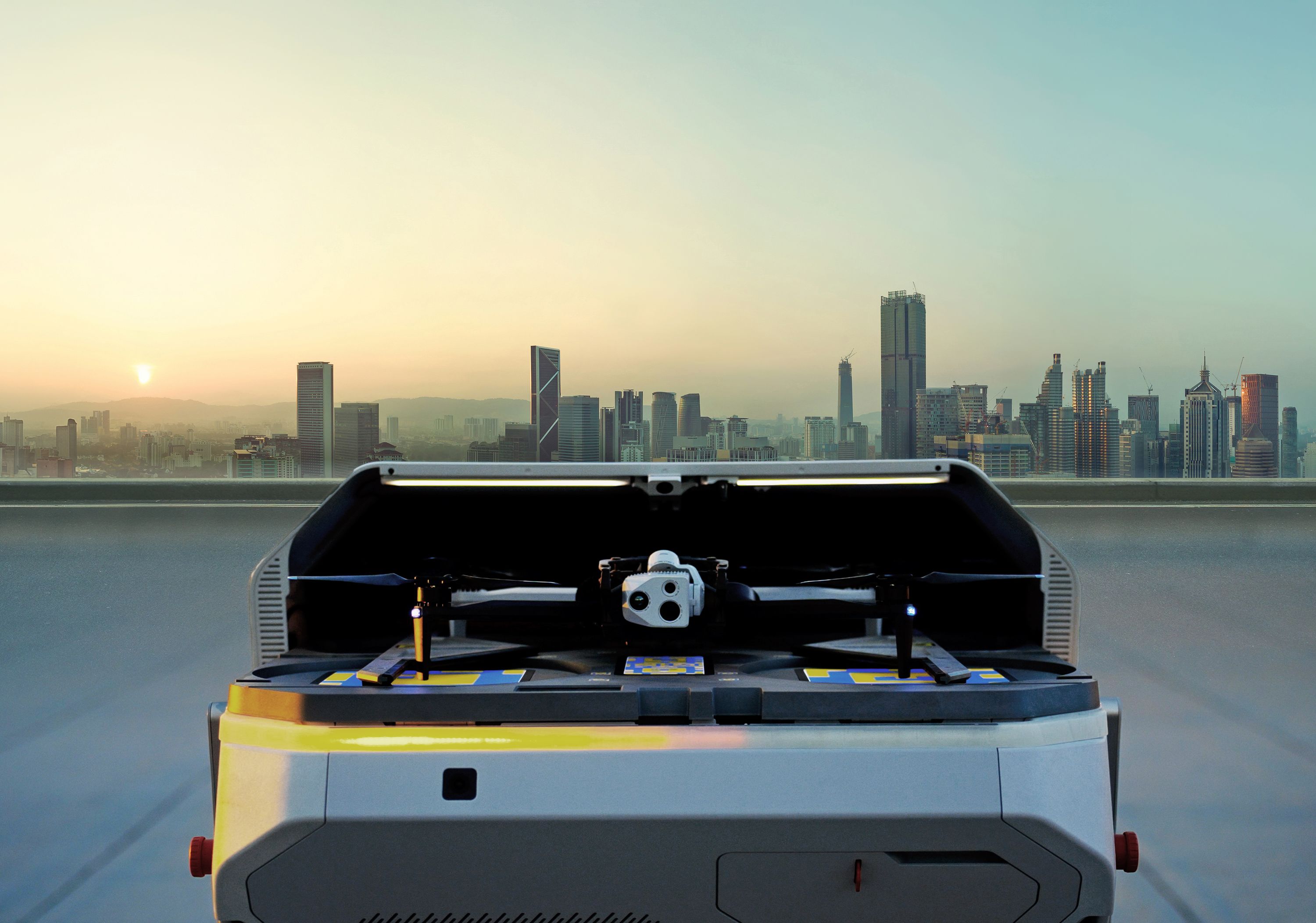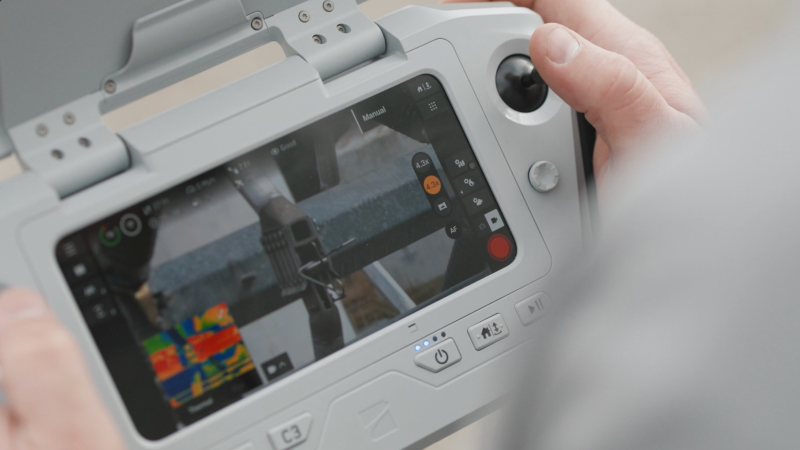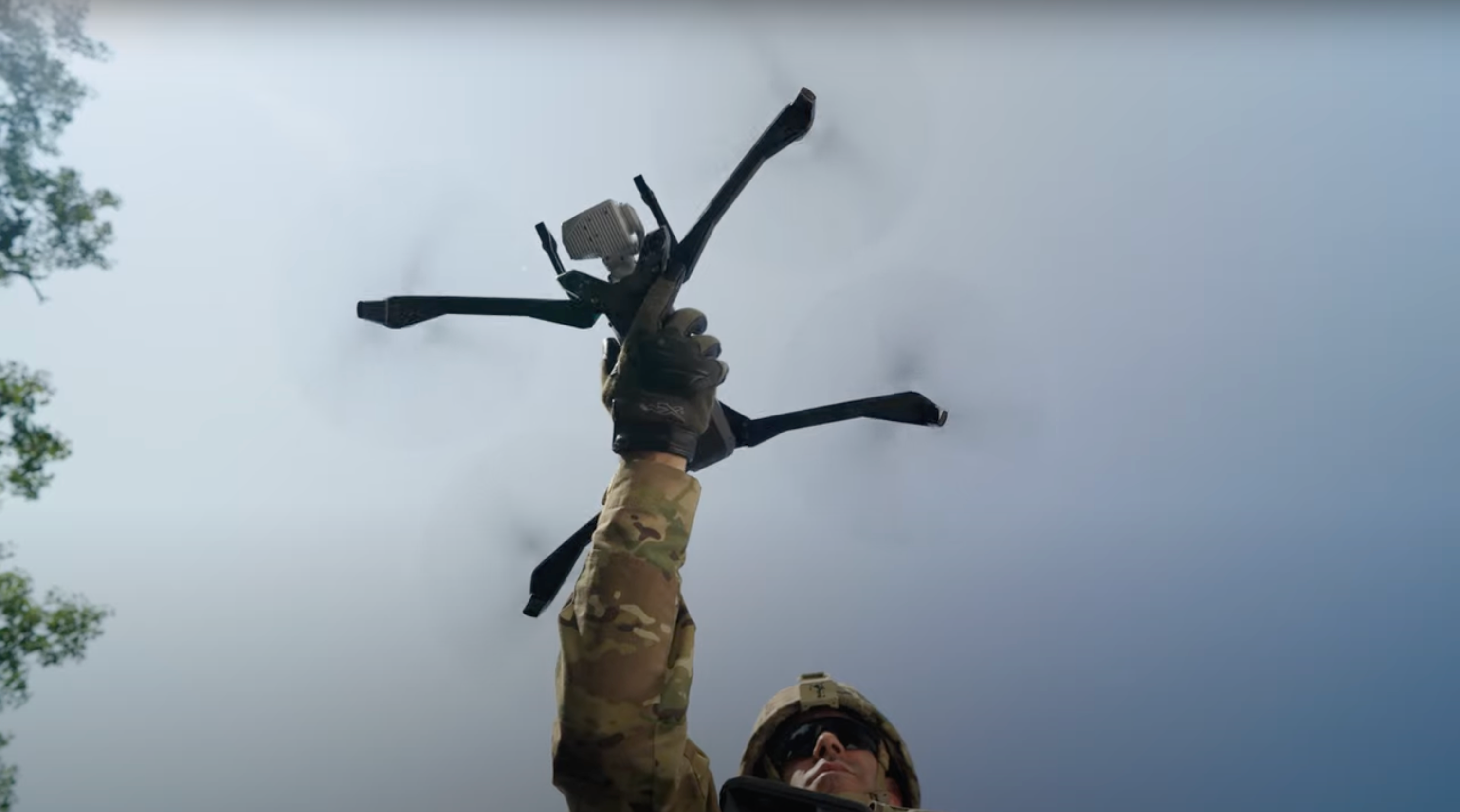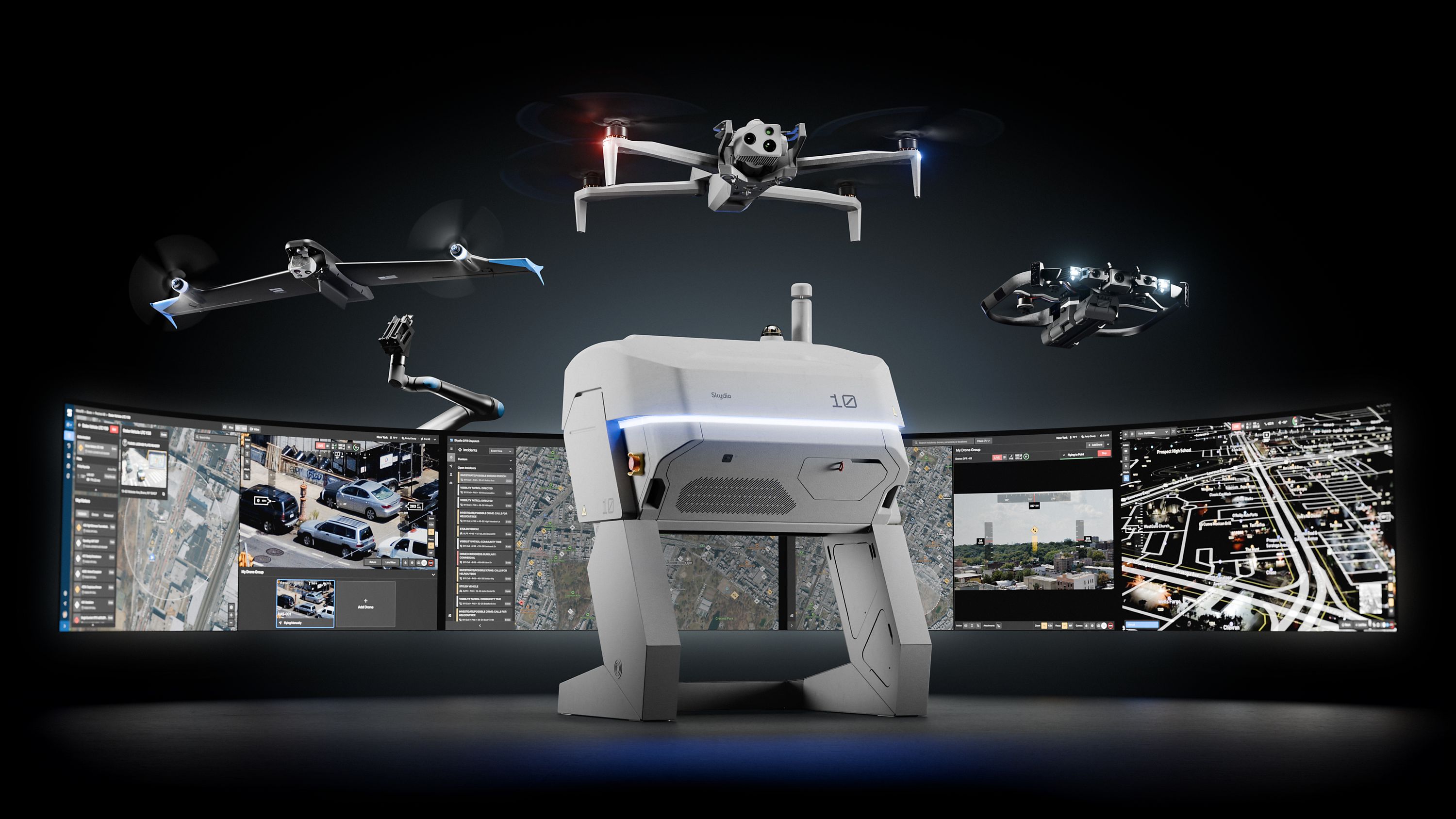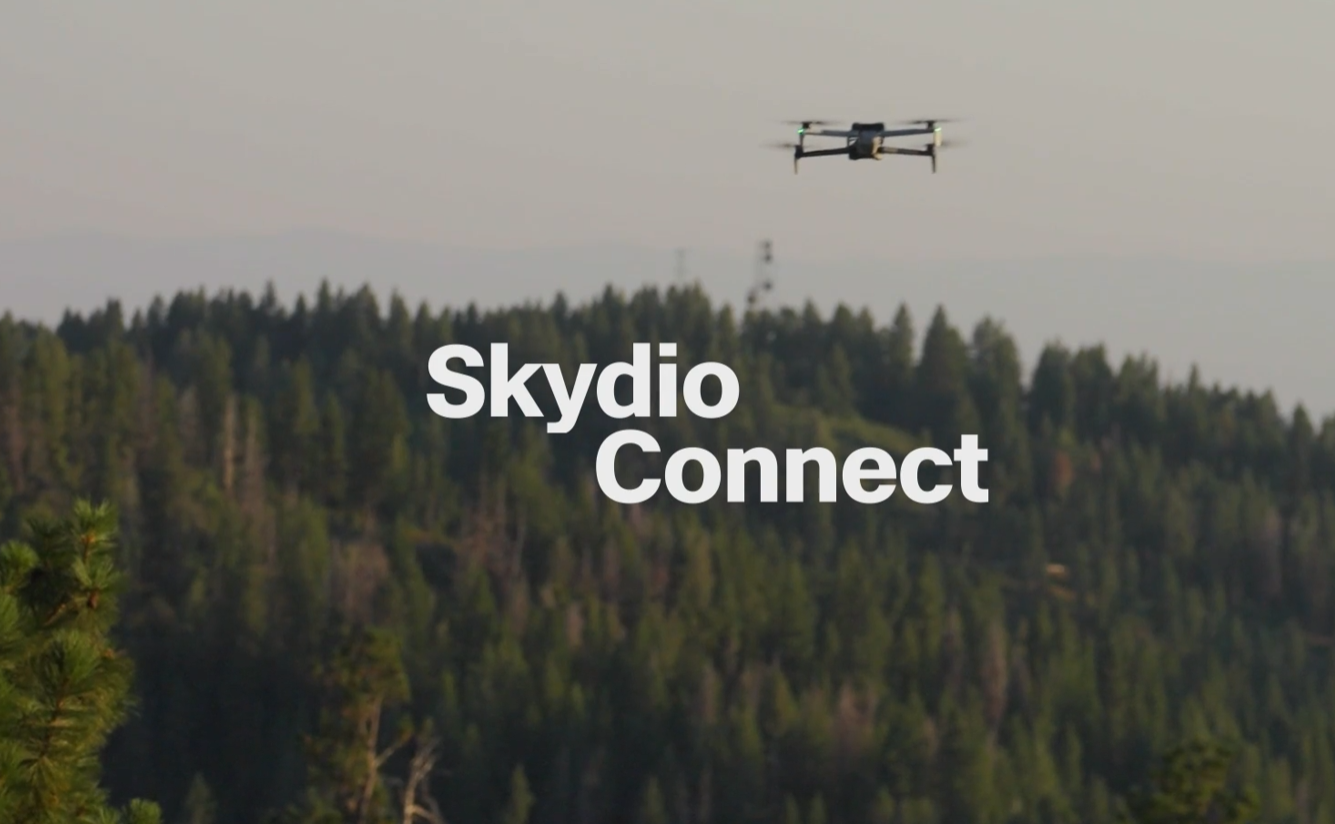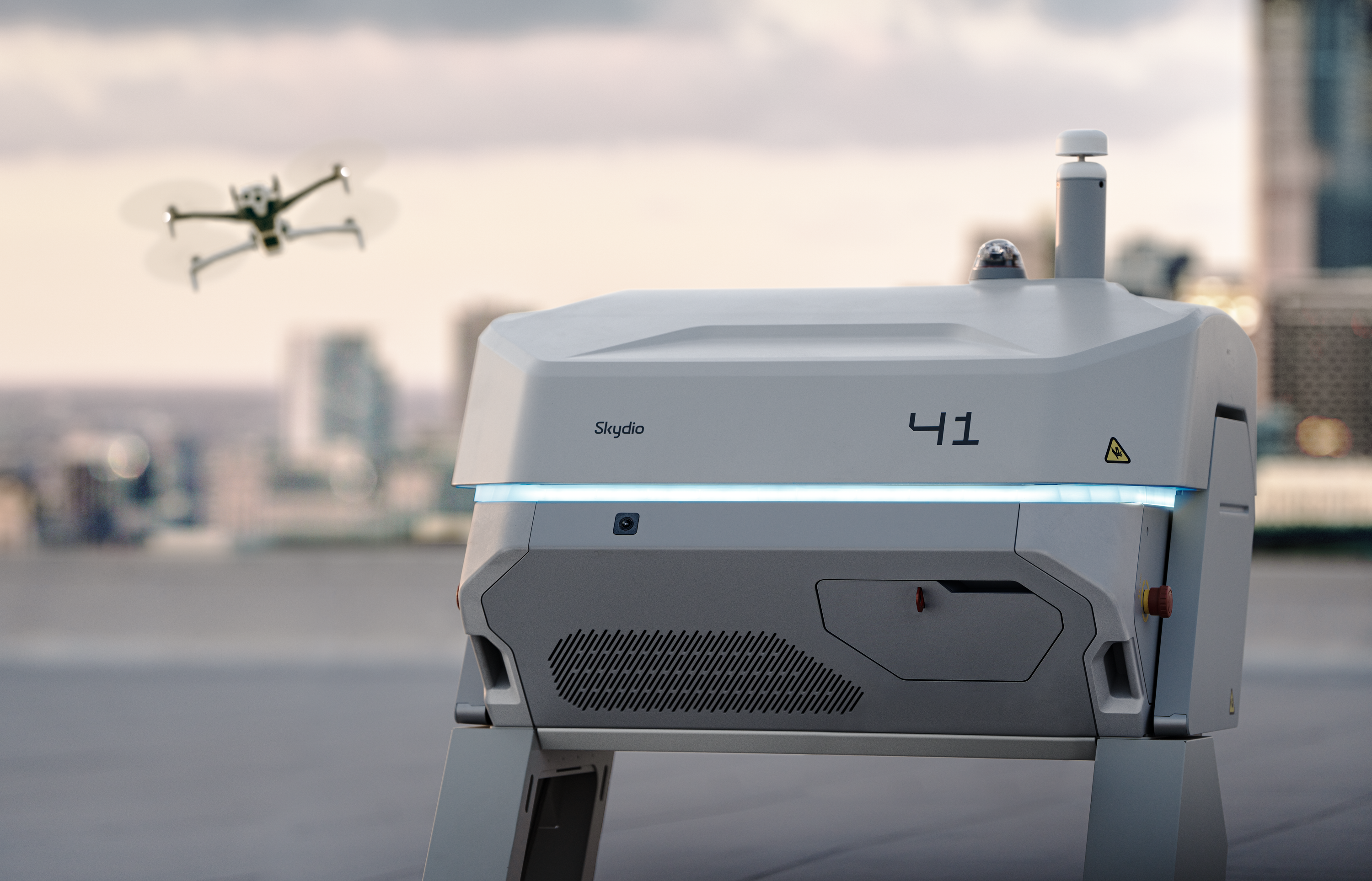Explosive Ordnance Disposal with Autonomous Drones
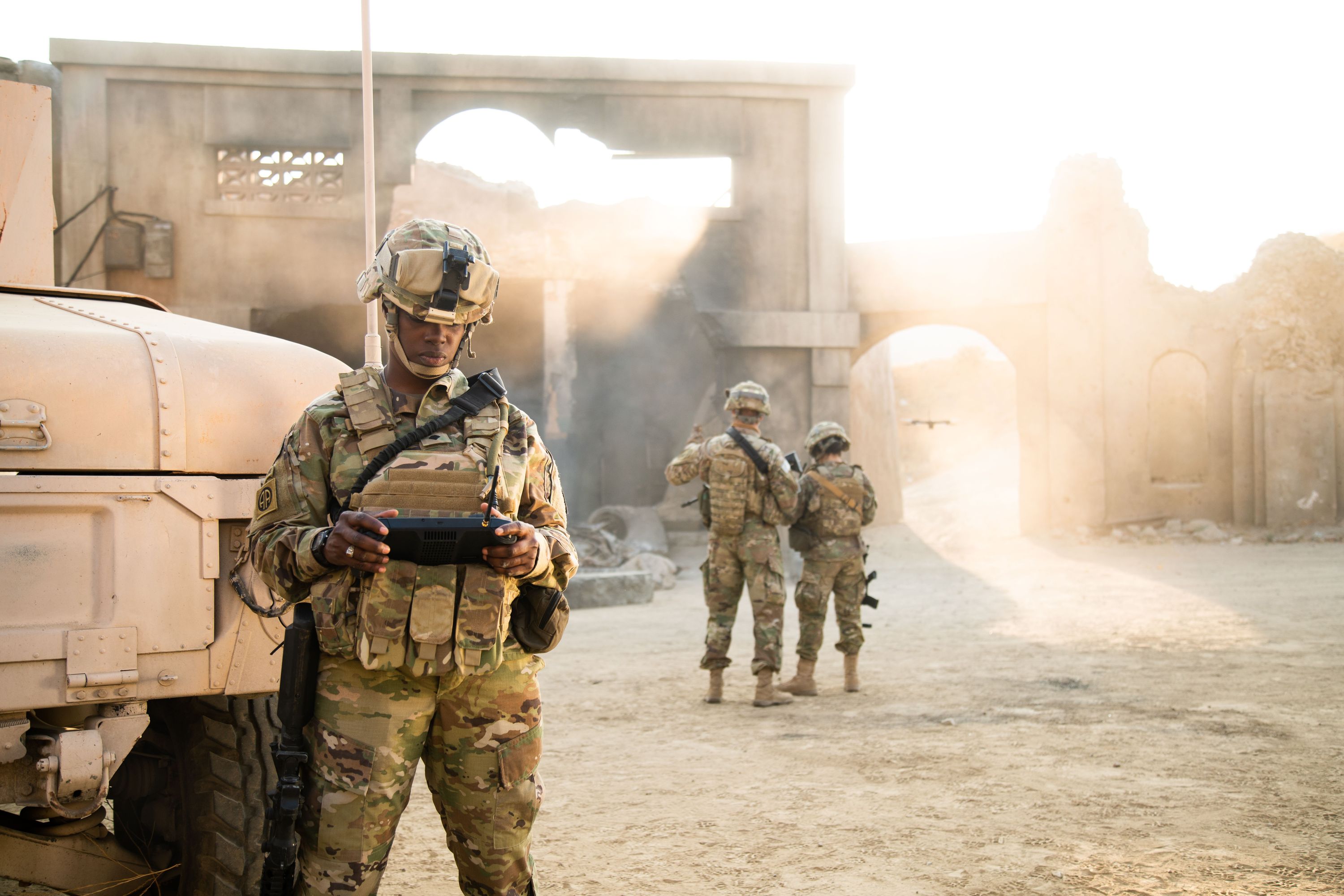
Chuck McGraw is Vice President of Public Sector sales at Skydio. Chuck joined Skydio after 20 years as a Navy SEAL. His career has included eleven combat deployments to multiple theaters of conflict. Chuck has held the positions of Assault Squadron Operations Chief, Basic Training Command Operations Chief, Master Training Specialist, Senior Program Manager and Assault Team Leader.
The positive operational impact of deploying small unmanned aircraft systems (sUAS) is to send flying sensors into locations that are too dangerous or impractical for humans. sUAS are used in dangerous situations where humans would have to be at high altitude, airborne, or exposed to radioactive or biohazardous material, or blast fragmentation. In no application of sUAS is their value more apparent than in Explosive Ordnance Disposal (EOD).
From my experience serving with EOD Technicians, I have observed the job requires bravery, excellent judgement, patience, and the skill to navigate even the most dangerous situations. As teams examine every possible avenue for technology to make their operations safer, sUAS have emerged as one of the most effective ways to ensure mission success while buying down risk to operators, bystanders, and property.
To have a positive impact, new technologies must provide a greater level of situational awareness without consuming excessive cognitive load of the operator. The Skydio X2D uses its cutting-edge autonomy systems to provide the simplest flight experience for the pilot. Operators benefit from the world-leading obstacle avoidance, seamless AI pilot-assistance, and a variety of autonomous workflows that can automate some of the most complex processes.
The X2D is a force multiplier, leveraging the guidance of these expert technicians, while automating tactical level tasks. EOD technicians are often the most at risk on site, because they are focused on the explosive threat to mitigate the risk to force and mission, and therefore do not have broader situational awareness. Automating certain tactical level tasks allow them to decrease the time on site, increase the effectiveness of developing a plan to render safe a device, and provide more accurate intelligence to the ground force commander to make operational decisions.

Improving suspicious package response
EOD calls can often place technicians in positions of limited situational awareness. When suspicious devices are reported, intel is often ambiguous and needs refinement. The scenes themselves can often be chaotic and in a constant state of flux. As the technicians arrive, developing awareness of all of the surroundings carries multiple advantages.
- Setting effective perimeters. As the team works to gain control of a scene, the ability to quickly employ an overwatch via sUAS allows for better tactical decision making, and clearer communication across the various teams involved (Response team, outer security perimeter, etc.).
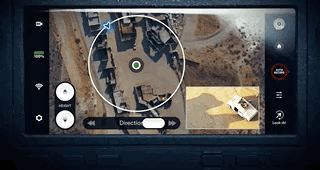
- Investigating suspicious packages. Instead of approaching a suspicious package on foot, a drone can help the EOD team to assess the subject from afar, approaching only if necessary and with greater context. With Skydio Autonomy Enterprise Foundation, X2D can navigate tight spaces, even in indoor or otherwise GPS denied areas where other platforms would fail to navigate safely, while providing stable flight, and eyes where technicians need them.
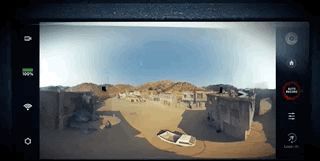
- Injecting remote expertise. The video feeds from sUAS can allow off-site experts to “look over the shoulder” of the on-site technician to provide remote insight and assistance. In some cases, EOD technicians from one nation guide allies from another. For example, past conflicts have seen US personnel working with, and training, host nation CIED (Counter IED) teams. The ability to observe an ally’s work “on the X,” and communicate to them to provide suggestions and feedback, can prove invaluable to preserving the lives of our allies.
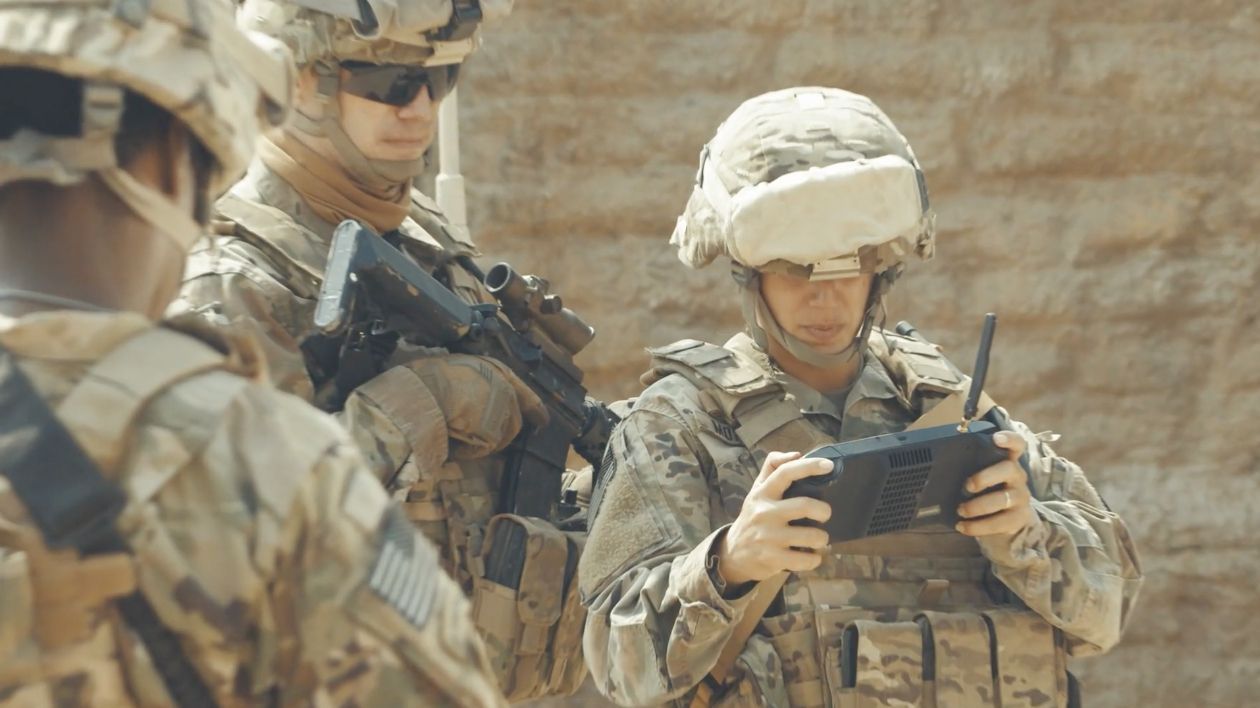
By enhancing situational awareness and reducing the ambiguity of these intense and time-sensitive situations, sUAS can help improve incident response while buying down risk.
Better post-blast assessments in 2D and 3D
In more unfortunate cases, EOD technicians are only notified after a blast has taken place. EOD technicians arrive on scene to chaos as rescue and medical crews attempt to assist the wounded. Meanwhile, the EOD technician still has a job to do: mitigate the threat of further violence, and collect data on the scene for further analysis. These areas are often not secured, and once forces leave, they may not be back for weeks, months, or years. Full coverage of the area is therefore that much more important. Also, because EOD technicians are embedded within units, they maintain responsibility for managing an incident scene, as they try to document important areas. Skydio 3D Scan software allows a technician to hand off the laborious task of the data capture to their Skydio X2D, so the tech can focus on the many other tasks at hand, while maintaining a higher personal security posture while on the X.
- Clear the Scene. As described above, EOD technicians must search for additional suspected explosives to avoid a follow-on blast. Onsite teams need to check their “5’s and 25’s” prior to dismounting from vehicles to prevent the initiation of secondary or tertiary threats. With drones, there is the opportunity to check a wider radius than with a ground-locked team, as well as deliberately clear a path to the affected vehicle or area in the case of a post blast event. This allows faster response, and reduces the risk to the extraction / Medical teams attempting to approach casualties.
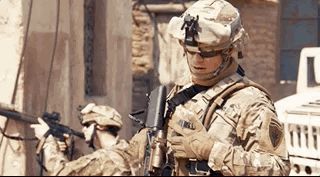
- Document Evidence. Autonomous sUAS using software like Skydio 3D Scan can generate digital twins of scenes that can be analyzed at a later stage. This accelerates data capture for the post-incident assessment, so that repairs can be made.

- Resume Normalcy Faster. By effectively clearing the scene of additional threats and promoting an expedited data capture process, the autonomous drone-enabled EOD technician helps the locals resume normalcy and recover faster from acts of violence.
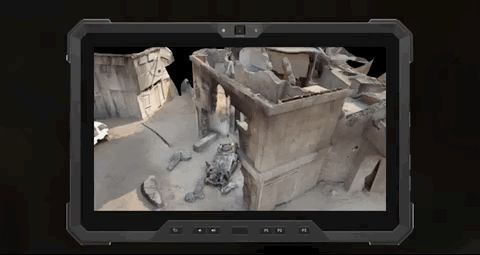
The data outputs from 3D Scan capture flights help analysts make better decisions faster, from both 2D and 3D data. These 2D and 3D methods work in tandem: the model places the information in context, while raw photos can paint detailed pictures of blast craters, command wire, initiation devices, or other items. With the Edge Model Viewer in Skydio 3D Scan, assessors can intuitively navigate a low-resolution 3D Model, and click on an area to pull up all the photos that include that point in space. These assessments can be performed on scene when the drone lands, or after upload to Skydio Cloud. For teams using three-dimensional analysis, the high quality digital twins generated by sUAS after incidents can be passed to off-site experts for careful analysis and inspection. 3D models allow for greater contextual understanding of a scene and can even allow analysts to take measurements or run additional post-processing to detect anomalies.
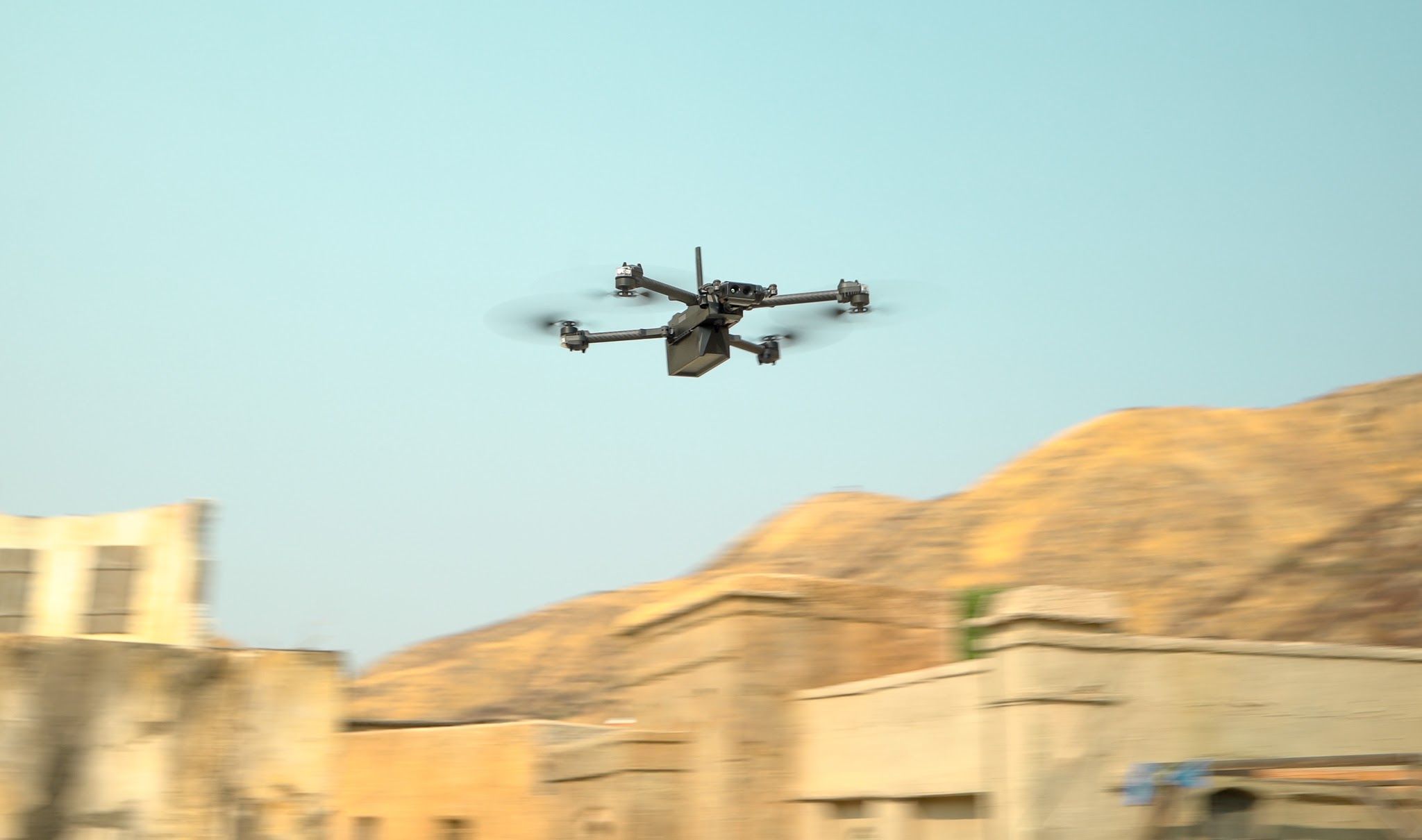
Getting started with Skydio sUAS for EOD
As law enforcement and department of defense officials increasingly turn to life-saving drone technologies, Skydio is here to help. Our team has decades of military experience from veterans of four branches of the US Armed Forces, senior officials from federal law enforcement, and ex-drone program leaders from law enforcement agencies including the NYPD. We look forward to working with your team on ways to integrate sUAS into your EOD activities, so please don’t hesitate to contact us.
